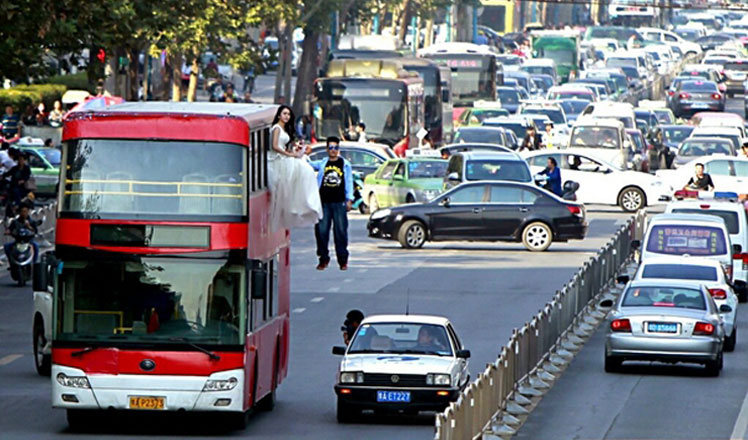New rail network set to boost 'cluster'
Updated: 2015-10-19 08:11
By Hu Yongqi(China Daily)
|
||||||||
 |
|
Proposed new lines within the Beijing-Tianjin-Hebei cluster. LIU CHEN/CHINA DAILY |
A project to improve industrial infrastructure in the Beijing-Tianjin-Hebei region will be led by the construction of an extended high-speed railway, as Hu Yongqi reports.
Wang Jingting, a native of Tangshan in Hebei province, lives and works in Beijing. On weekends and holidays, she either drives or takes a train back to Tangshan to relax or attend family functions.
The 27-year-old sales assistant rents an apartment in Beijing, but soaring property prices mean she's unlikely to ever be in a position to afford a home of her own in the capital. However, she can't live in Tangshan and continue to work in Beijing, because the round-trip would take about five hours.
Wang's dilemma may be solved by construction of an intercity rail line that will connect Beijing and Tangshan. Work will begin at the end of the year, and when the link opens in 2020 the journey will be reduced to just 30 minutes, one-fifth of the current two and a half hours. The drastic reduction in commuting time would offer Wang the option of moving back to Tangshan, buying an apartment and traveling into Beijing every day.
The railway is part of an ambitious plan to integrate the transportation system in the Beijing-Tianjin-Hebei cluster, boost local economies and upgrade the industrial infrastructure. In the next 35 years, 615 billion yuan ($97 billion) will be spent to build 23 intercity railways that will connect Beijing with neighboring areas in the cluster, cutting travel times for passengers and freight cargos.
Wang, one of the 110 million people who will have access to more-convenient transportation, was delighted at the news. "The integration plan won't have much impact on my life for a while, but when the line is completed, travel will become much easier. The journey will only take 30 minutes, so I will be able to buy an apartment at home and take the train to work in Beijing," she said.
Network blueprint
In April, China's most powerful decision-making body, the CPC Politburo Standing Committee, approved an integration and development plan for the cluster, and established specific roles for the three provincial-level administrations. The process will be led by the upgrading of transportation systems.
In September, the Ministry of Transport submitted guidelines to the central government for an integrated transportation system in the region that emphasized the importance of intercity railways.
The blueprint for the Beijing-Tianjin-Hebei intercity railway was formulated by the China No 3 Railway Survey and Design Group, a State-owned contractor in Tianjin.
- EU offers Turkey cash, closer ties for migration help
- ROK, Japan to hold defense ministers' talks next week
- 5 countries elected as non-permanent members of UN Security Council
- Obama slows pace of US troop withdrawal in Afghanistan
- Democratic rivals back Clinton on emails
- Myanmar gov't signs ceasefire accord with armed groups

 Trump card
Trump card
 Shaolin monks display kung fu skills in London
Shaolin monks display kung fu skills in London
 'Newlyweds' are 'floating' on air in Zhengzhou
'Newlyweds' are 'floating' on air in Zhengzhou
 Buckingham Palace prepares for Xi's visit
Buckingham Palace prepares for Xi's visit
 Shanghai Fashion Week: We COUTURE
Shanghai Fashion Week: We COUTURE
 World's top 10 innovative economies
World's top 10 innovative economies
 Cui: China, US should share global vision
Cui: China, US should share global vision
 Speaking Mandarin attracts Chinese homebuyers in the US
Speaking Mandarin attracts Chinese homebuyers in the US
Most Viewed
Editor's Picks

|

|

|

|

|

|
Today's Top News
Tu first Chinese to win Nobel Prize in Medicine
Huntsman says Sino-US relationship needs common goals
Xi pledges $2 billion to help developing countries
Young people from US look forward to Xi's state visit: Survey
US to accept more refugees than planned
Li calls on State-owned firms to tap more global markets
Apple's iOS App Store suffers first major attack
Japan enacts new security laws to overturn postwar pacifism
US Weekly

|

|








